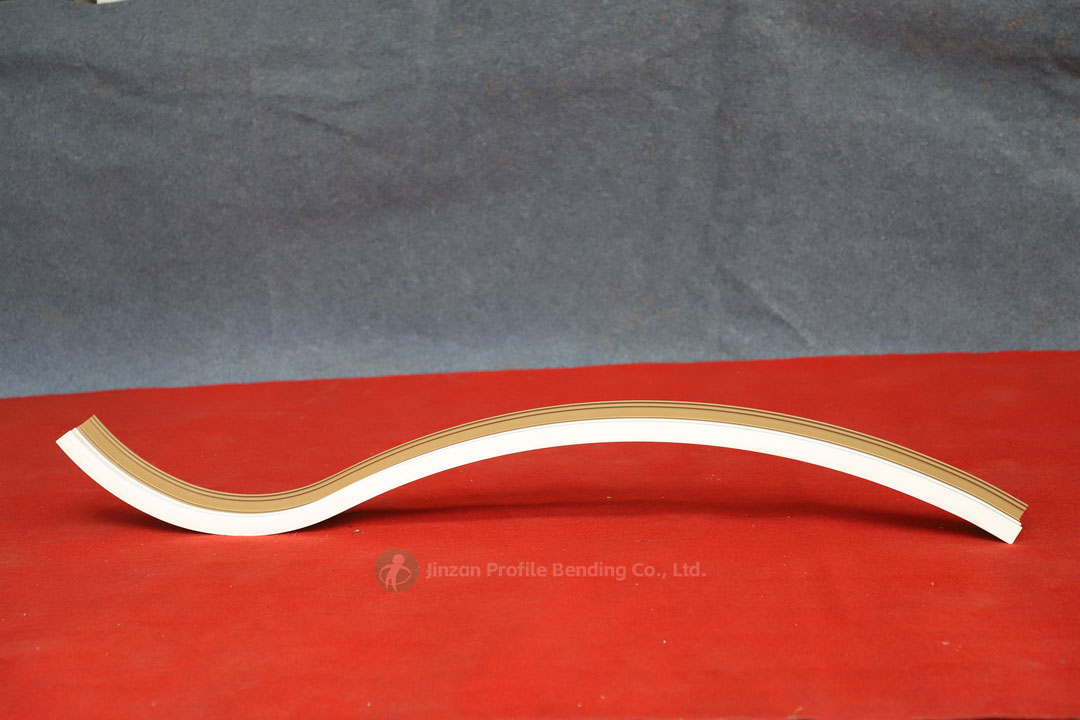Redefining the construction industry with innovative solutions, cuttin-edge technology and sustainable practices
Profile Bending 2025-07-02
In the ever-evolving field of architecture, the integration of innovative techniques and materials is crucial for creating structures that are not only functional but also aesthetically pleasing. One such technique that has gained significant attention is profile bending. This method allows architects and designers to manipulate materials into complex shapes and forms, leading to the emergence of unique and striking architectural designs. In this article, we will explore the applications of profile bending in architecture and how it contributes to the creation of distinctive structural designs.
Understanding Profile Bending
Profile bending involves the process of curving or shaping materials—typically metals, plastics, or composite materials—into a predetermined profile or form. This technique can be used to create a wide range of shapes, from gentle arcs to sharp angles, allowing for a high degree of customization in design. The bending process can be achieved through various methods, including roll bending, press braking, and CNC bending, each offering different capabilities in terms of precision and complexity.
Enhancing Aesthetic Appeal
One of the primary advantages of profile bending in architecture is its ability to enhance the visual appeal of a structure. Architects can create flowing lines and organic shapes that break away from traditional, rigid geometries. For instance, the use of bent steel or aluminum profiles can lead to fluid facades that mimic natural forms, resulting in buildings that harmoniously integrate with their surroundings.
A notable example is the Guggenheim Museum in Bilbao, Spain, designed by Frank Gehry. The museum features a series of curved forms that challenge conventional architectural boundaries. The profile bending techniques employed in its construction allowed for the creation of an iconic building that is both functional and a work of art.
Structural Integrity and Performance
Beyond aesthetics, profile bending can also enhance the structural integrity of a building. Curved forms can distribute loads more evenly than traditional flat surfaces, providing improved stability and strength. This is particularly beneficial in large-span structures such as bridges and auditoriums, where the ability to manage weight and stress is critical.
For example, the Sydney Opera House in Australia showcases the use of profile bending in its iconic sail-like roof structure. The shells of the opera house are composed of precast concrete panels that have been expertly shaped to create both a visually striking design and a robust structural system capable of withstanding environmental stresses.

Environmental Sustainability
Incorporating profile bending into architectural design can also contribute to sustainability efforts. By utilizing materials more efficiently and reducing waste during the manufacturing process, architects can create structures that have a lower environmental impact. Additionally, the ability to create complex shapes may lead to better energy efficiency, as buildings can be designed to optimize natural light and airflow.
The High Line in New York City serves as an excellent example of a project that incorporates sustainable design principles while utilizing profile bending. The elevated park features sinuous pathways and seating areas that encourage social interaction while promoting green space in an urban environment. The careful bending of metal and wood components in its design enhances both the user experience and the ecological footprint of the project.
Versatility Across Different Materials
Profile bending is not limited to a single material; it can be applied to various substances, including metals, plastics, and wood. This versatility opens up a world of possibilities for architects and designers. For instance, wooden beams can be bent to create unique structural elements in residential buildings, while metal profiles can be used in commercial structures to provide both aesthetic and functional benefits.
The Vitra Fire Station in Germany, designed by Zaha Hadid, demonstrates the versatility of profile bending with its use of concrete and steel. The building features dynamic forms that are achieved through the bending and shaping of materials, resulting in a striking structure that embodies the principles of modern architecture.
Profile bending has emerged as a powerful technique in contemporary architecture, enabling the creation of unique and innovative structural designs. By enhancing aesthetic appeal, improving structural integrity, promoting sustainability, and offering versatility across materials, profile bending is transforming the way architects approach building design. As technology continues to advance, the potential applications of profile bending will likely expand, allowing for even more creative and environmentally friendly architectural solutions. In a world where design and functionality must coexist, profile bending stands out as a key player in shaping the future of architecture.